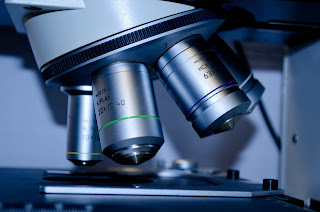The use of nanotechnology in construction involves the development of new concept and understanding of the hydration of cement particles and the use of nano-size ingredients such as alumina and silica and other nano particles. With the help of nanotechnology, concrete is stronger, more durable and more easily placed, steel is made tougher, glass is self cleaning and paints are made more insulating and water repelling.
Two nano-sized particles that stand out in their application to construction materials are titanium dioxide (TiO2) and carbon nanotubes (CNT’s). The former is being used for its ability to break down dirt or pollution and then allow it to be washed off by rain water on everything from concrete to glass and the latter is being used to strengthen and monitor concrete. Carbon nanotubes (CNTs) are cylindrical in shape with diameter in nanometers and length can be in several millimetres. When compared to steel, the Young’s modulus of CNTs is 5 times, strength is 8 times while the densite is 1/6th times. Along the tube axis the thermal conduction is also very high.
Titanium dioxide is widely used as white pigments. It can also oxidize oxygen or organic materials, therefore, it is added to paints, cements, windows, tiles, or other products for sterilizing, deodorizing and anti-fouling properties and when incorporated into outdoor building materials can substantially reduce concentrations of airborne pollutants. Additionally, as TiO2 is exposed to UV light, it becomes increasingly hydrophilic (attractive to water), thus it can be used for anti-fogging coatings or self cleaning windows.
Nanotechnology and Concrete
As said in the above paragraph much analysis of concrete is being done at the nano-level in order to understand its structure using the various techniques developed for study at that scale such as Atomic Force Microscopy (AFM), Scanning Electron Microscopy (SEM) and Focused Ion Beam (FIB). The understanding of the structure and behaviour of concrete at the fundamental level is an important and very appropriate use of nanotechnology. One of the advancements made by the study of concrete at the nanoscale is that particle packing in concrete can be improved by using nano-silica which leads to a densification of the micro and nanostructure resulting in improved mechanical properties.
Nano-silica addition to cement based materials can also control the degradation of the fundamental C-S-H (calcium-silicatehydrate) reaction of concrete caused by calcium leaching in water as well as block water penetration and therefore lead to improvements in durability. Related to improved particle packing, high energy milling of ordinary portland cement (OPC) clinker and standard sand, produces a greater particle size diminution with respect to conventional OPC and, as a result, the compressive strength of the refined material is also 3 to 6 times higher (at different ages).














